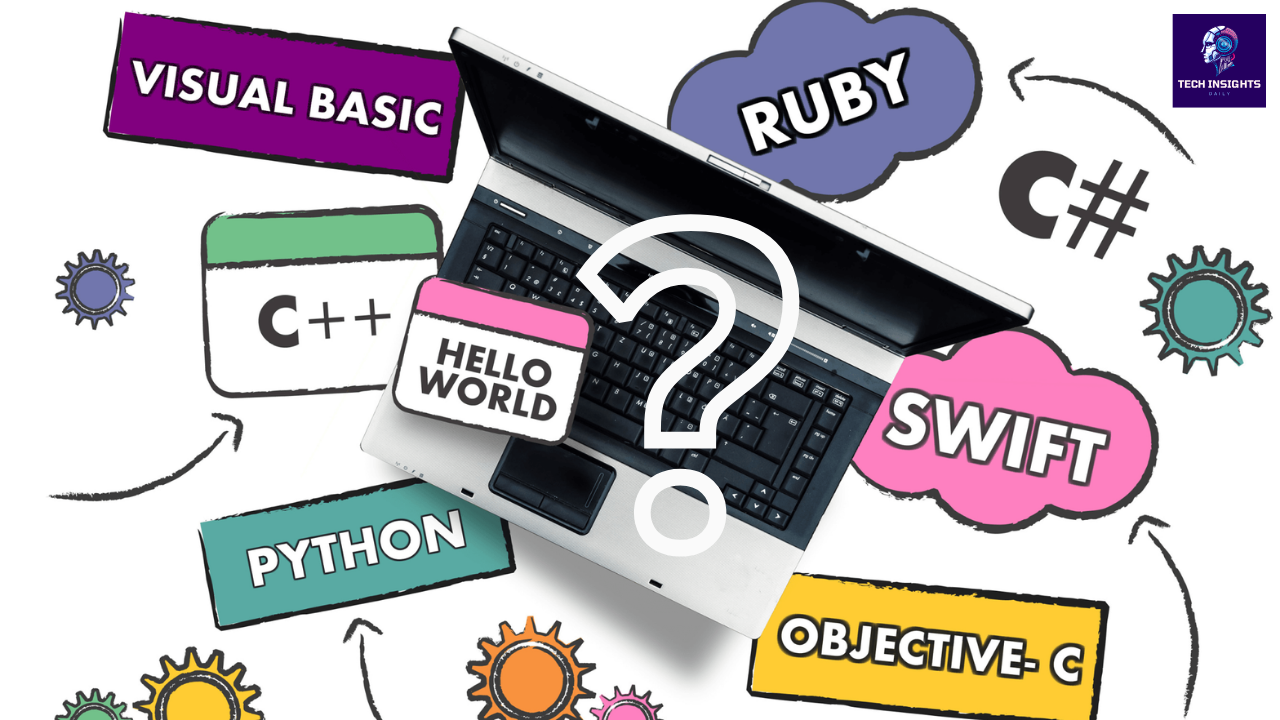The issue of choosing the right programming language is the most important factor in the success of any software project. The language you decide determines how long it will take, the amount of money needed to do it, how scalable the project is and the ultimate success rate of the project. Since there are numerous programming languages around the world, the choice can be difficult. To make this decision easier, this guide will discuss the valuable criteria one should consider including project specifications, developer capabilities, scaling potential, available community support, and costs.
Understanding your project requirements
The first thing to consider while selecting a programming language is to know the methodological requirement of the project. Ask yourself the following questions:
- This paper will provide a clear definition of the characteristics of a project, along with the areas where the term project is used. This includes whether the application is going to be an online-based application or a standalone application such as a web application, mobile app, or desktop software.
- The following are the performance requirements.
- Are there any specific libraries and frameworks that are required?
- What is the expected life of the project?
For example, if you are building a web application, there are languages like JavaScript, Python, or Ruby that one can use for the simple reason that they have good frameworks and support from the community. On the other hand, if you work on a high-performance game, it's better to use languages like C++ or C# because of their features and the availability of game development frameworks for those languages.
Assessing developer skills
Think about your development team and their skills, experiences, and the kind of work they've done before. Choosing a language that your team is comfortable with can really make a huge difference in development time and code quality. Of course, if your team is strong in Java, then using Java for your project can be more profitable than starting with a new language that you know almost nothing about. Additionally, customer value may be higher because skilled human capital is utilized more effectively, thereby increasing value for customers.
For example, if your team is strong in Python, you can leverage your strengths in data analysis, machine learning, and web development in Python's library. It can also reduce the time and money required for training and the time it takes for new co-workers to bring value to the organization.
Assessing scalability
Scalability is a key component when it comes to projects that are expected to expand in the future. For example, Java and C# languages are widely used in enterprise applications due to their extensibility and performance features. These languages provide rich syntax and APIs that are ready for creating large-scale applications.
Let's imagine you are working on an e-commerce project. The platform has to support a significant volume of transactions, customer operations, and data processing. In such cases, there are certain advantages when you choose a language like Java that is known for its scalability and performance features that enable your application to grow with the load and number of users.
Considering community support
Languages with active communities offer lots of documentation, libraries, and frameworks to support development, thus making it easier and faster. Traditional languages such as Python, JavaScript, and Java are well-supported, and many developers turn to them for help.
For example, Python's fan base has created many libraries for different uses, including NumPy for elemental arithmetic, Pandas for data analysis, and TensorFlow for artificial intelligence. With the help of these libraries, development can be accelerated, and frequently encountered problems can be solved easily.
It is also important to note that active communities help sustain the development of such a language and its surrounding environment. This means that you can update the language frequently, fixing any bugs or getting new things that add functionality to the language.
Weight of Development Costs
The costs associated with a programming language vary depending on the language used. Issues such as licenses required for software development, tools developers should purchase, and the cost of hosting, etc., can impact the budget. Some programming languages are open-source and therefore can be cheaper to use than other programming languages that are charged.
For example, using an open-source language like Python would mean avoiding the costs of acquiring licenses as well as other development tools. Also, cloud hosting solutions provide many providers with an affordable means of hosting applications developed in open-source languages.
In contrast, specialized languages like C# can prove expensive to develop as there may be fees associated with development tools as well as frameworks. However, such costs may be justified if the language is equipped with specific features, or if it performs better in the project.
Most used programming languages and their applications

- Python
Use cases: web development, data analysis, machine learning, automation.
Pros: It's not complicated, has extensive resources, has strong community support.
Cons: Slower than compiled languages. 
- JavaScript
Use cases: web development, server-side scripting (Node.js).
Pros: Flexible, large user base, many platforms (React, Angular, Vue).
Cons: Cumbersome in large projects. 
- Java
Use cases: enterprise applications, Android development.
Pros: Durable, high-performance, many resources.
Cons: Verbose, time-consuming to develop. 
- C#
Use cases: Windows applications, game development (Unity).
Pros: Powerful, integrated with .NET framework, good performance.
Cons: Limited to Microsoft domain. 
- Ruby
Use cases: web development (Ruby on Rails).
Pros: Clean syntax, strong community, fast development.
Cons: Slower performance compared to traditional scripting languages.
Additional considerations
It is important to choose the right programming language while keeping in mind the sustainability of the language. Some languages spoken today may become extinct in the near future. Industry trends and latest technologies should be researched to make a more educated decision.
Emerging languages

- Rust
Use cases: system programming, web assembly, game development.
Pros: Memory safety, high performance, concurrency.
Cons: Steep learning curve. 
- Kotlin
Use cases: Android development, web development.
Pros: Interoperable with Java, clean syntax, modern features.
Cons: Smaller community. 
- Go (Golang)
Use cases: program and website development, cloud computing, operating systems.
Pros: Ease of use, speed, compatibility.
Cons: Fewer libraries, less expressive.
Result
Several factors need to be considered when selecting the right programming language. Knowing your project needs, evaluating developer capabilities, project scalability, community support, and development costs will help you make the right decision that will keep your project moving in the right direction.
Also, knowing which new languages are being developed as well as trends in the field can help you make a more educated decision. The language can be chosen according to the company's preference where Python or Java can be used as the primary languages while Rust or Kotlin are newer languages that can suit your needs.










